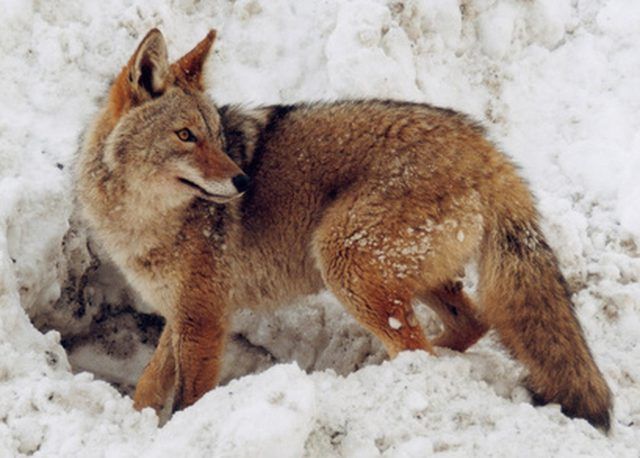Bulbs
Flower Basics
Flower Beds & Specialty Gardens
Flower Garden
Garden Furniture
Garden Gnomes
Garden Seeds
Garden Sheds
Garden Statues
Garden Tools & Supplies
Gardening Basics
Green & Organic
Groundcovers & Vines
Growing Annuals
Growing Basil
Growing Beans
Growing Berries
Growing Blueberries
Growing Cactus
Growing Corn
Growing Cotton
Growing Edibles
Growing Flowers
Growing Garlic
Growing Grapes
Growing Grass
Growing Herbs
Growing Jasmine
Growing Mint
Growing Mushrooms
Orchids
Growing Peanuts
Growing Perennials
Growing Plants
Growing Rosemary
Growing Roses
Growing Strawberries
Growing Sunflowers
Growing Thyme
Growing Tomatoes
Growing Tulips
Growing Vegetables
Herb Basics
Herb Garden
Indoor Growing
Landscaping Basics
Landscaping Patios
Landscaping Plants
Landscaping Shrubs
Landscaping Trees
Landscaping Walks & Pathways
Lawn Basics
Lawn Maintenance
Lawn Mowers
Lawn Ornaments
Lawn Planting
Lawn Tools
Outdoor Growing
Overall Landscape Planning
Pests, Weeds & Problems
Plant Basics
Rock Garden
Rose Garden
Shrubs
Soil
Specialty Gardens
Trees
Vegetable Garden
Yard Maintenance
How to Stop Voles
How to Stop Voles. Voles are also known as field mice. They have small ears and short tails are are brown or gray in color. They are common in yards, fields and gardens and their presence often goes unnoticed until the late winter and early spring when snow begins to melt and their winter damage is revealed. Voles girdle trees and shrubs by chewing...

Voles are also known as field mice. They have small ears and short tails are are brown or gray in color. They are common in yards, fields and gardens and their presence often goes unnoticed until the late winter and early spring when snow begins to melt and their winter damage is revealed. Voles girdle trees and shrubs by chewing on the bark. They may also sever roots of plants and eat bulbs and tubers. Voles sometimes use mole tunnels to access their food. Be sure you are dealing with voles before attempting control methods.
Things You'll Need
Vole traps
Peanut butter
?-inch hardware mesh
Castor oil or capsaicin
Keep a tidy yard. This involves cutting the grass very short for the last fall mow, removing any pruning or other debris and keeping bushes trimmed so they don't trail on the ground. Keep the area underneath bird feeders free of seed and other food. Anything you can remove from your yard that may be providing cover for voles should be removed.
Encircle trees with a light-colored, ?-inch hardware mesh guard. The mesh guard should extend 6 inches below the soil line and 18 to 24 inches above the soil line. It should be loose to allow the tree to continue its growth. This has the added benefit of protecting the trees from hungry rabbits that sit atop the snow and nibble at tree bark.
Provide a 3-foot swath of bare soil around the base of young trees. Voles will not venture into uncovered areas.
Plant grasses that naturally grow short and that do not mat or lodge wherever possible, as Colorado State University recommends. In Colorado, these grasses are blue gama, buffalo grass and dwarf fescues. Contact your local county extension office for grass recommendations.
Tolerate and protect vole predators. Predators include owls, badgers, coyotes, foxes, bobcats, short-tailed shrews and some snakes.
Apply castor oil or capsaicin (the heat in hot sauce) to the base of trees, ornamentals, shrubs and fruit bushes and vines. Apply these repellents before the trees set seed.
Set traps baited with peanut butter down into vole holes, just below the hole so you can monitor them. Cover the holes with flowerpots.
Tips & Warnings
Mesh guards can also be set up around vegetable gardens.